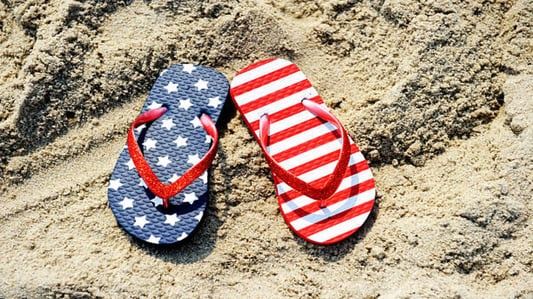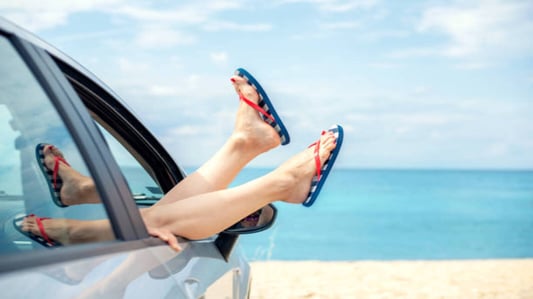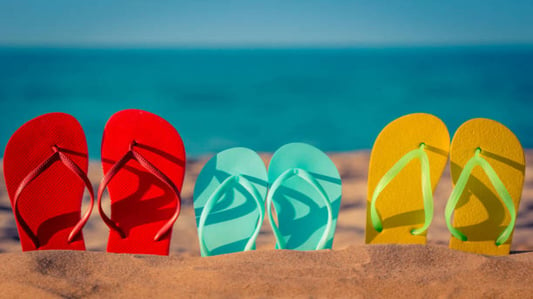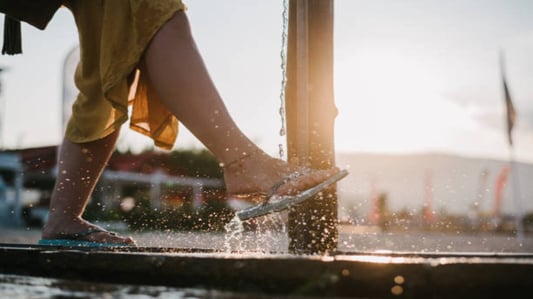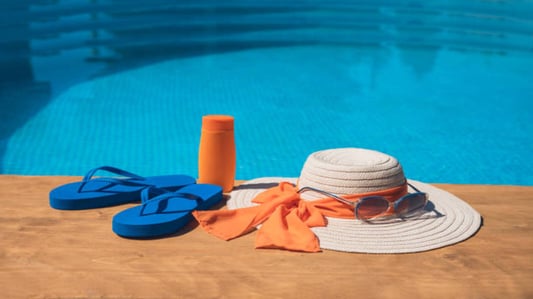As sustainability becomes increasingly important in every aspect of our lives, the footwear industry is stepping up to the challenge. Eco-friendly flip flops made from sustainable materials are not only a trend but are becoming the future of footwear. With a growing awareness of environmental issues, consumers are seeking alternatives to conventional footwear that contribute to reducing waste and carbon footprints. In this blog, we’ll explore the rise of eco-friendly flip flops, their benefits, and the materials driving this sustainable movement.1. Why Eco-Friendly Flip Flops MatterFlip flops are a popular choice for casual footwear, especially during warmer months. However, traditional flip flops are often made from synthetic materials like PVC (polyvinyl chloride), rubber, and foam, which can be harmful to the environment. These materials take years to decompose and can contribute to pollution when discarded.In response to this, eco-friendly flip flops are emerging as a sustainable solution, crafted from renewable, recyclable, and biodegradable materials that minimize environmental impact. These eco-conscious options are designed not only for comfort and style but also for long-term sustainability, making them a perfect choice for environmentally aware consumers.2. Materials Driving the Eco-Friendly Footwear MovementSeveral innovative materials are being used to create sustainable flip flops, making them both eco-friendly and stylish. Let’s take a closer look at some of these materials:1. Recycled RubberRecycled rubber is one of the most common materials used in eco-friendly flip flops. This material is often sourced from discarded tires, which would otherwise end up in landfills. By reusing rubber, manufacturers can reduce waste while creating durable, comfortable footwear. Recycled rubber is durable, flexible, and provides the necessary traction for flip flops.2. Natural RubberNatural rubber, sourced from rubber trees, is a biodegradable alternative to synthetic rubber. Unlike its synthetic counterparts, natural rubber is a renewable resource, making it a more sustainable option for flip flops. It also tends to be softer and more flexible, providing additional comfort for the wearer.3. CorkCork is a lightweight, durable, and sustainable material often used in eco-friendly footwear. Sourced from the bark of cork oak trees, it is a renewable resource that does not require the tree to be cut down. Cork is naturally antimicrobial, making it ideal for shoes that will be worn in warm, humid conditions. Flip flops made with cork soles are not only comfortable but also eco-friendly and stylish.4. Recycled Ocean PlasticsPlastic pollution in the oceans has become a significant global issue, but eco-conscious brands are finding ways to repurpose these plastics for footwear production. Recycled ocean plastics are transformed into soles and straps for flip flops, offering a way to clean up the environment while producing high-quality footwear. By using ocean plastics, flip flop manufacturers contribute to the reduction of plastic waste in our oceans.5. Biodegradable Materials (Like Plant-Based Plastics)Some manufacturers are using plant-based plastics derived from renewable resources like corn or sugarcane. These biodegradable plastics break down much more quickly than petroleum-based plastics, reducing the environmental impact of the footwear once it reaches the end of its life cycle. These materials are gaining popularity as an alternative to traditional plastics in eco-friendly flip flops.6. Hemp and JuteHemp and jute are both plant-based materials that are biodegradable and incredibly strong. Hemp is one of the fastest-growing plants, requiring minimal water and no pesticides, making it a sustainable choice for eco-friendly footwear. Jute, similarly, is made from a plant that grows quickly and can be harvested without harming the environment. Flip flops made with hemp and jute materials are both sturdy and stylish, perfect for eco-conscious consumers.3. Benefits of Eco-Friendly Flip FlopsChoosing eco-friendly flip flops made from sustainable materials doesn’t just help the environment; it also offers a number of personal benefits for consumers. Here are some of the key advantages:1. Reduced Environmental ImpactEco-friendly flip flops are made with sustainable materials that minimize the use of fossil fuels and reduce waste. These materials are either recyclable, biodegradable, or renewable, making them a better choice for those looking to lower their carbon footprint and contribute to environmental conservation.2. Durability and ComfortSustainable materials like natural rubber, cork, and recycled rubber are often more durable and comfortable than their synthetic counterparts. Eco-friendly flip flops are designed to last longer, reducing the need for frequent replacements. This not only saves money but also contributes to reducing the amount of waste generated from discarded footwear.3. Supporting Ethical BrandsBy purchasing eco-friendly flip flops, consumers can support brands that prioritize sustainability and ethical manufacturing practices. Many of these brands are transparent about their production methods, labor practices, and environmental impact, giving consumers the peace of mind that their purchase is contributing to positive change.4. Stylish and TrendyGone are the days when eco-friendly footwear was seen as plain or unattractive. Today, eco-friendly flip flops come in a variety of colors, designs, and styles, making them just as fashionable as traditional options. From sleek and minimalist to bold and colorful, there is an eco-friendly flip flop style for everyone.4. How to Choose Eco-Friendly Flip FlopsWhen shopping for eco-friendly flip flops, it’s essential to look for specific features that ensure the product is truly sustainable. Here are some tips for choosing the best pair:Look for certifications: Look for eco-friendly certifications such as Fair Trade, Global Organic Textile Standard (GOTS), or OEKO-TEX to ensure the materials used are ethically sourced and produced.Check for recyclable or biodegradable components: Ensure that the flip flops are made from materials that are either recyclable or biodegradable to reduce waste.Consider the brand’s sustainability practices: Research the brand’s commitment to sustainability. Do they use renewable energy in production? Do they minimize waste? Are their products made with fair labor practices?Durability: Sustainable footwear should last longer than conventional options. Check for materials like natural rubber or cork, which tend to be more durable and long-lasting.5. The Future of Eco-Friendly FootwearAs awareness of environmental issues continues to grow, we can expect the eco-friendly footwear market to expand even further. Eco-friendly flip flops are just one example of how the footwear industry is evolving to meet the demand for sustainable products. As new materials and production methods emerge, we will see even more innovative solutions that balance comfort, style, and environmental responsibility.In the future, eco-friendly flip flops may become the standard for casual footwear, helping to reduce plastic waste and make the world a greener place. Whether you’re lounging by the pool or walking along the beach, eco-friendly flip flops offer a stylish, comfortable, and sustainable alternative to traditional options.ConclusionThe rise of eco-friendly flip flops made from sustainable materials is a promising sign of the future of footwear. By choosing flip flops made from recycled materials, natural rubber, cork, or biodegradable plastics, consumers can contribute to a more sustainable world while enjoying comfortable, stylish shoes. As the footwear industry continues to innovate, eco-friendly options will only become more accessible and attractive to consumers. Choose eco-friendly flip flops today and be part of the movement towards a more sustainable future.
09. September, 2024


